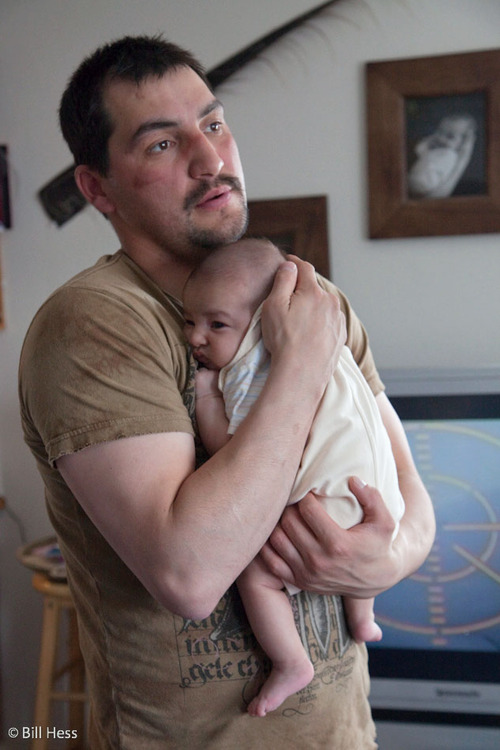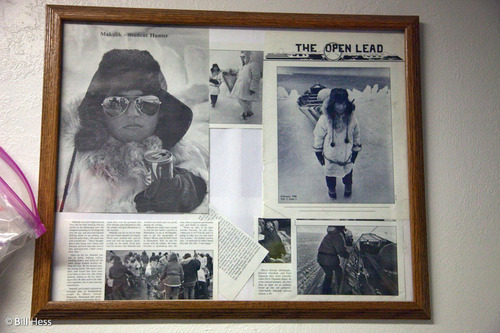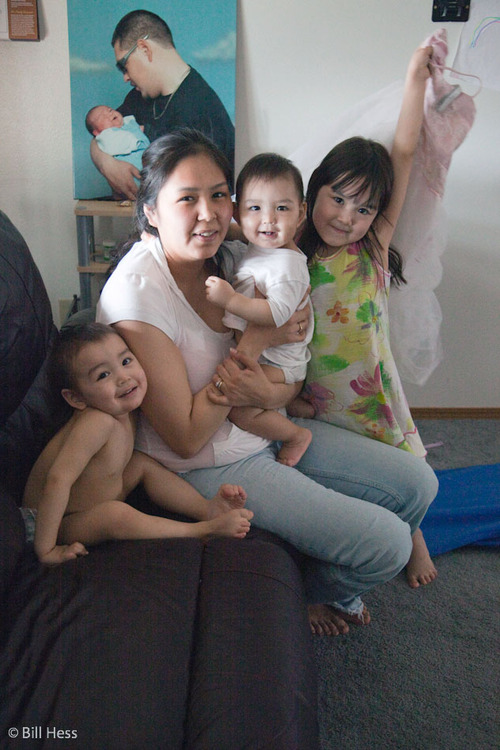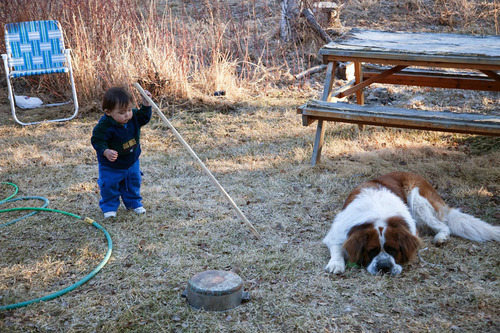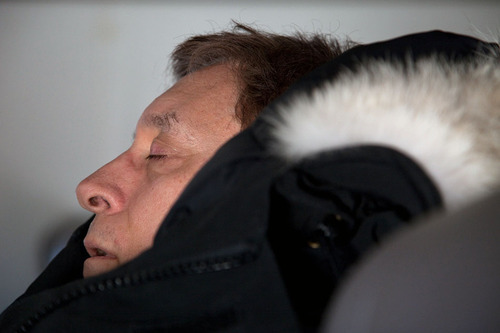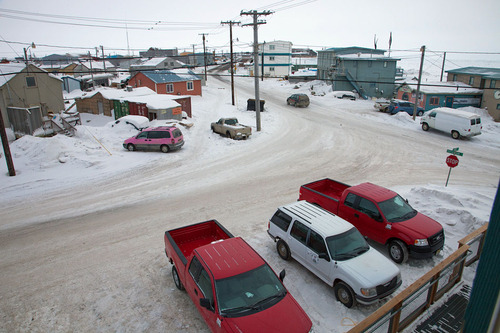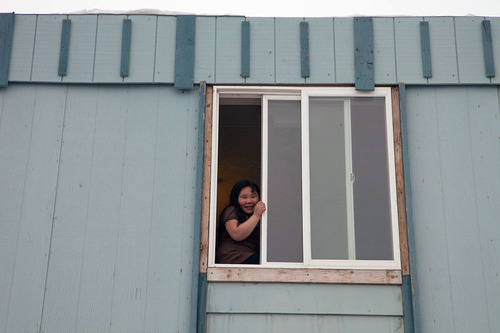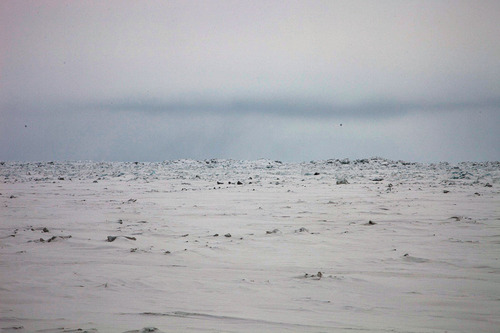Uiñiq (we-nyik) Magazine explained
 Thursday, April 23, 2009 at 11:10PM
Thursday, April 23, 2009 at 11:10PM Following last night's post, MissSunshine left a comment asking how the heck Uiñiq was pronounced and what does it - already defined as "open lead" - mean. I left her an explanation, but promised that I would better explain it tonight.
I consulted with Jana Harcharek, the Bilingual/Multicultural Coordinator for the North Slope Borough School District and she gave me this phonetic spelling of uiñiq: "we-nyik."
I started Uiñiq magazine in late November of 1985 with funding from the North Slope Borough Mayor's Office and published my first issue in January of 1986. My purpose was to document what I could of life in the eight Iñupiat Eskimo villages located in the Borough, spread out over an area nearly as big as the state of Utah.
The bowhead whale hunt is the foundation upon which the majority of these villages are built. The bowheads come to the villages through the lead, the water that separates the shorefast sea ice from the pack ice. When the winds and current push the pack ice and the sea ice together, the lead is said to be closed.
When the two bodies of ice are separated, then you have an open lead.
This makes the open lead an extremely important part of Iñupiaq life and so I named the magazine, The Open Lead.
It was then suggested to me that I use the Iñupiaq word, Uiñiq, so I added it in. The magazine then became, Uiñiq - The Open Lead.
This struck me as redundant, so, in time, I just made it Uiñiq.
I was the sole staff of Uiñiq. I took all the pictures, did all the layout, and wrote all the stories - in that order.
It was my big project for the next 11 years, but, as artistic endeavors of the heart so frequently do, by the end of that time it had driven me so deep into debt and into a situation so complicated and convoluted that, although I loved Uiñiq dearly, I was forced to let it go.
Then, about 5 or 6 years later, the Borough asked me to do another special issue. I have continued to do occassional special issues, about one every two years, since that time.
The picture on the cover above is of flower girl Ruby Aiken, the same Ruby Aiken Donovan pictured with her children on yesterday's post.
An example of Uiñiq without the English words, open lead. The gentleman on the cover - and let me stress that he was a true gentleman - is the late Arthur Neakok.
What a privilege it was, to get to know people such as Arthur Neakok!
What a privilege it has been to do Uiñiq!
My Uiñiq work eventually led to my book, Gift of the Whale: The Iñupiat Bowhead Hunt, A Sacred Tradition.
Those of you who have not already seen them can also find some of whaling work on a website that I begun awhile back but never finished, mostly because I got distracted by this blog.
I must finish it - and refine it - for I had no idea how to build a website when I put this together.
The original series was all black and white. The later, special issues, are all color, thanks to the fact that I no longer shoot film, but digital.
When I bought my first digital camera, I thought I would convert everything to black and white, but it was too much work to get digital black and white right and I already spend an incredible amount of time working on my photos, so I decided to leave it color.
This is Trudy Kippi from the Meade River village of Atqasuk and she has just caught a grayling. The month is August, 2005.
I will note that I did not have a copy stand or lights available and so photographed these covers at 3200 ISO with a Canon 5D Mark II under a solitary hotel bathroom tungsten light.
With a copy stand, tripod and low ISO, they could look a lot better, but you get the idea.
I must thank George Ahmaogak, who was Mayor at the time I originally started Uiñiq, for the opportunity and also Margaret Opie, a true Iñupiaq woman who gave me invaluable help and support, former Mayor Jeslie Kaleak who kept me going during an interim period between Ahmaogak administrations and current Mayor Edward Itta and his special assistant, Karla Kolash, who have not only given me my most recent opportunities, but have also stood by me in an exceptional way since I took my big fall last June and put myself out of action for the better part of a year.
Actually, the people who I need to thank number in multitudes and include virtually the entire Iñupiat nation of the Arctic Slope.




